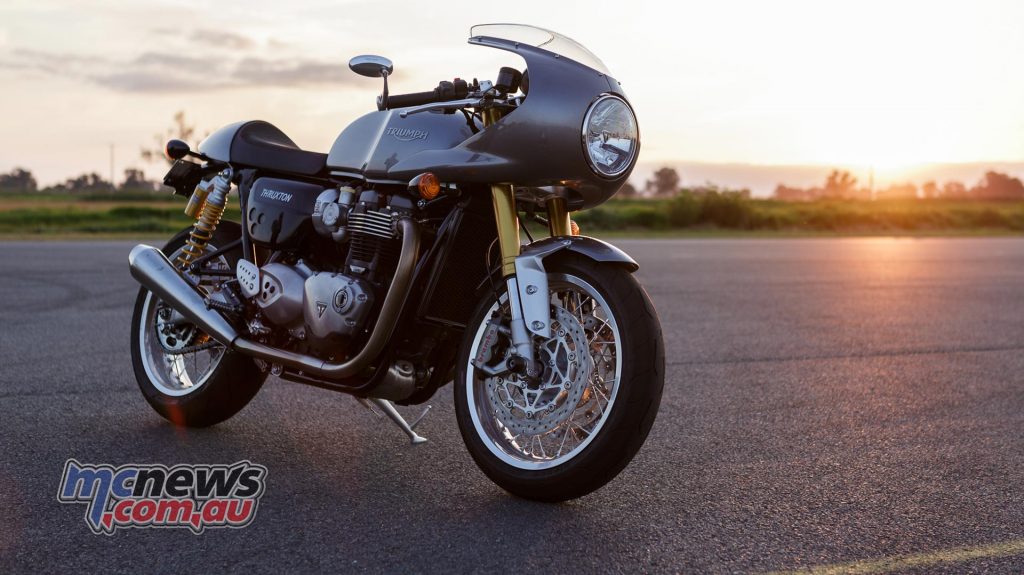115 and going strong – A history of Triumph Motorcycles
By Trevor Hedge
It is fair to say the Triumph brand has a history that reads like a rollercoaster of success and hard times, as is common among European manufacturers, also common is that Triumph’s origins sprung from the bicycle industry.
While Triumph’s image is as British as black pudding and mushy peas, the brand was actually started by a German. Siegfried Bettmann started an import and export business in London in the late nineteenth century, rebranding products under his own brand, Triumph.
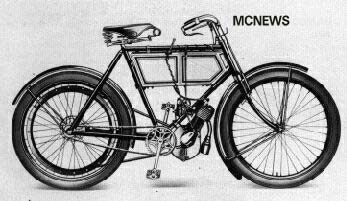
As Triumph grew Bettmann moved from London to Coventry and started production of his own Triumph bicycles in 1902. In the same year the first Triumph motorcycle was produced with a Belgium sourced Minerva powerplant.
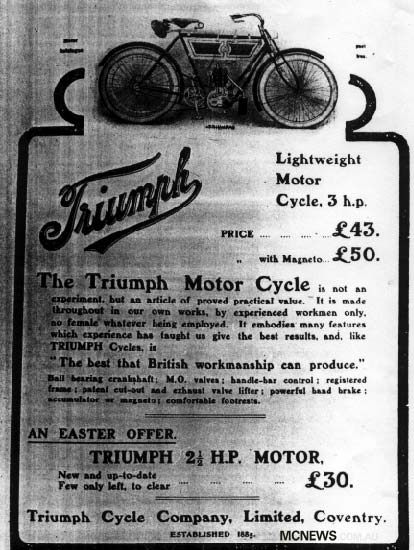
1905 saw the company produce its very first completely British motorcycle. Only two years later production numbers had grown to four figures. Somewhat surprisingly, considering Bettmann’s Nuremburg origins, the Triumph brand became a major supplier for the British war effort in World War 1.
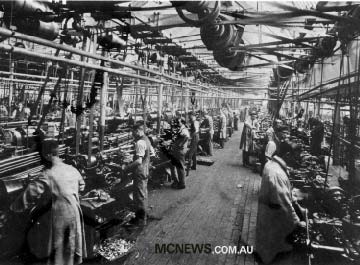
A decade after the war ended Bettmann was now regarded as a true Brit and was elected president of the British Cycle and Motorcycle Manufacturers Association. Only a few short years later Triumph entered the first of its financial difficulties and financier Lloyds appointed an overseer.
The ‘Cycle’ was dropped as a suffix to the Triumph brand name in 1934 as the company entered the car industry. Two years later the company was split into separate car and motorcycle divisions.
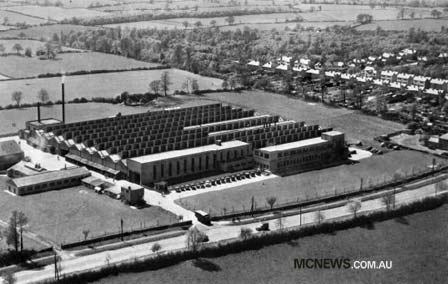
Again, it was called upon to support the war effort and much of their manufacturing capacity switched to the production of military equipment.
Too often however production was interrupted by the infamous blitz of Coventry bombings but the industrious Triumph workforce battled against all odds to pump out 50,000 motorcycles during the course of the war.
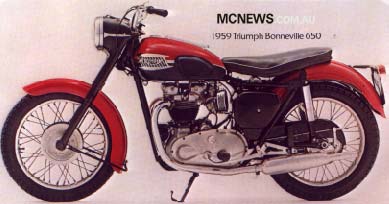
BSA bought out Triumph in 1951 and helped the company towards its greatest success stories, and its biggest failure. The biggest success came with the launch of the Bonneville in 1959.
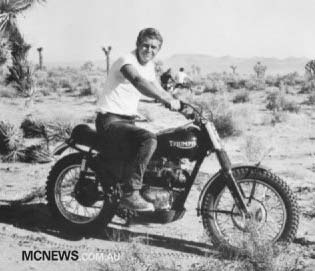
Steve McQueen also helped immortalise the brand for a generation after riding a Triumph Trophy TR6 in ‘The Great Escape’, with a number of celebrities such as Elvis, Bob Dylan and Clint Eastwood riding Bonneville T120s, and Marlo Brando on board a Thunderbird in ‘The Wild Ones’.
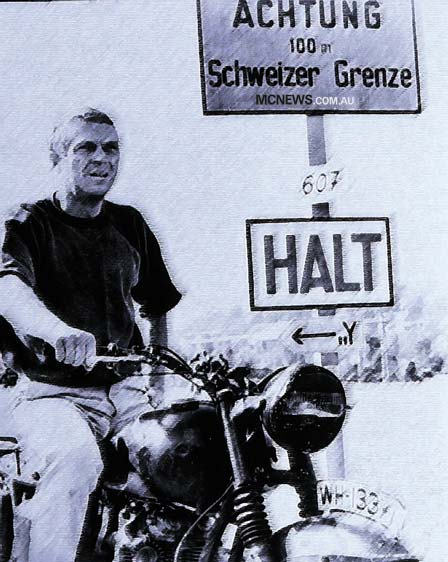
In fact in 1967 Triumph produced over 46,000 motorcycles, a figure that was only recently eclipsed.
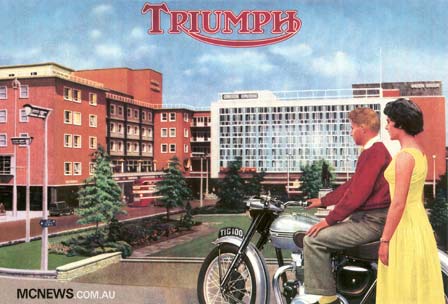
During the 1960s the Bonneville name grew to become one of the most heralded in motorcycle history with amazing success in both the marketplace and the racetrack. The heat of competition from the emerging Japanese brands however sent the company into perilous waters.
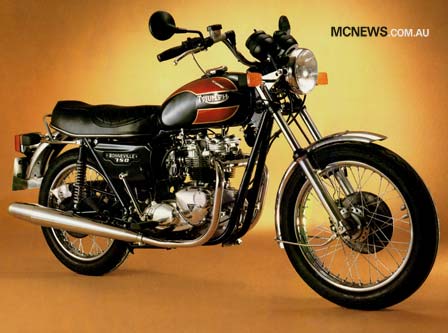
A range of mergers and financial arrangements throughout the 1970s managed to keep the company afloat aided by millions of pounds from British taxpayers. The British Government wrote off the debt in the early 1980s to help keep the company afloat but it could not be saved and production ceased in 1983.
Property developer John Bloor then bought the liquidated company more as a real estate investment rather than a way into the motorcycle industry.
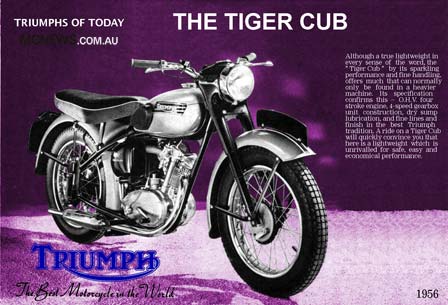
The Triumph factory was demolished and in its place a housing estate built. The Triumph motorcycle brand was allowed to continue in small numbers, through Bloor licensing the use of the name to Les Harris but in essence Triumph was no more.
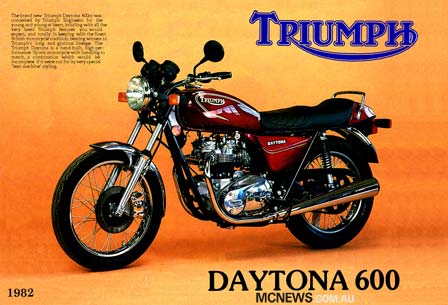
That was until 1990. The real estate developer turned motorcycle entrepreneur invested heavily in a new manufacturing facility in Hinckley which led to the modern day Triumph brand we now know. In fact Bloor visited the Japanese manufacturers prior to his relaunch of the brand becoming public, to see just how they ran their factories, with the market largely dominated by the Big Four.
Following the successful relaunch, 1995 saw the company expand once again, into the all important North American market. By 1997 the company was was well represented in every major international market and by 2000 was returning a profit on Bloor’s rumoured 100 million pound investment in the brand.
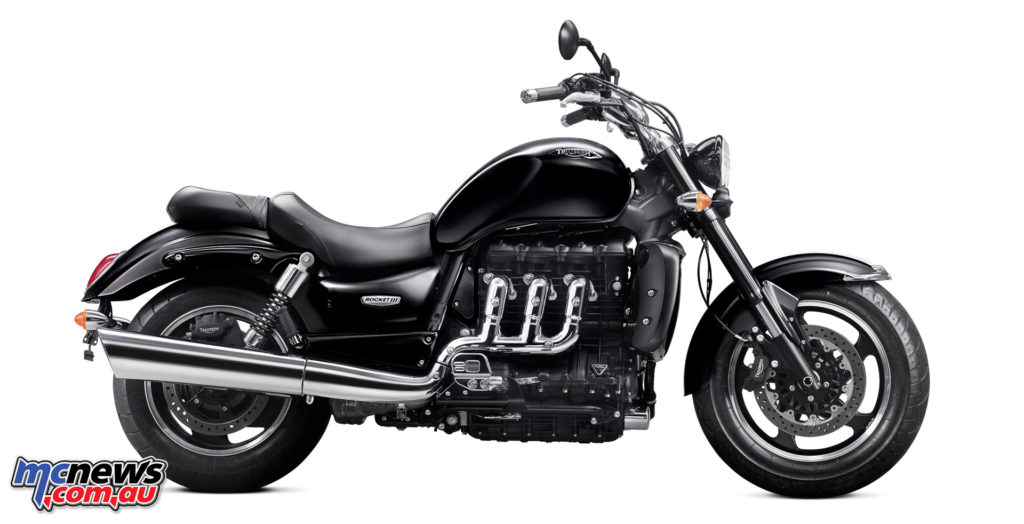
A major fire hit the main factory in February 2002 and it took the company more than six months to recover and get fully back into production. For many this would have been an insurmountable obstable, but Bloor instead took the opportunity, on advice, to remove the four-cylinder machines from the line-up and focus on the two-cylinder and triple-cylinder models, helping to create a point of difference from other manufacturers.
The following year Triumph opened a new plant in Thailand and again, in 2006, opened further manufacturing and assembly facilities in Thailand.
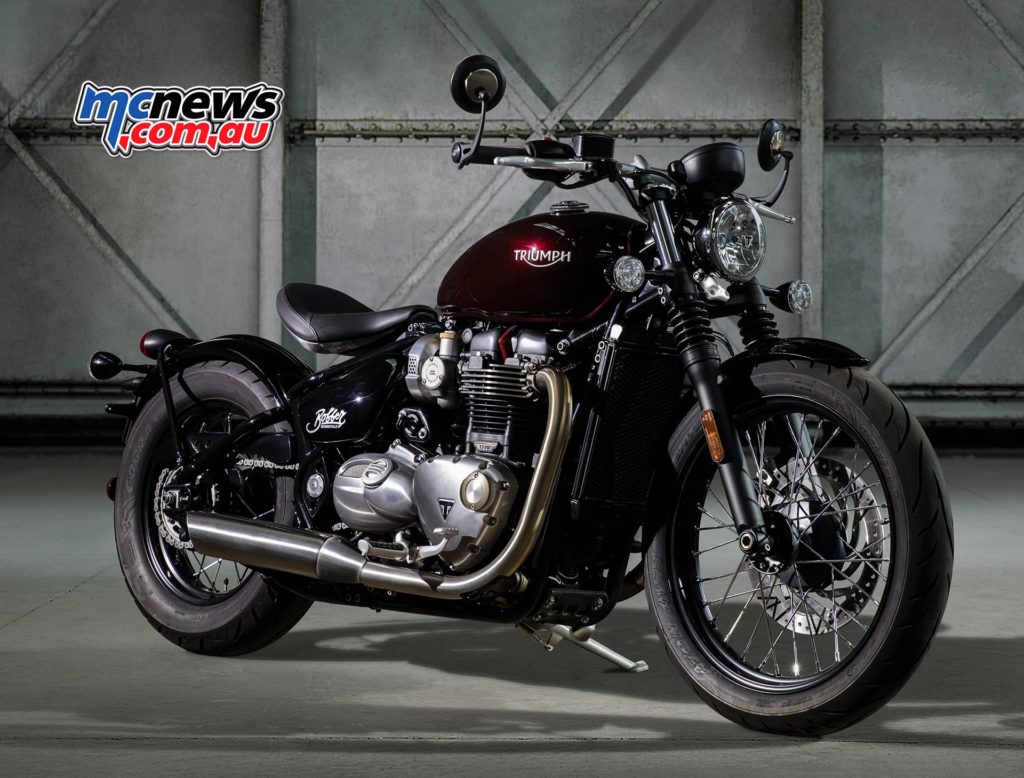
Recent years have seen the British marque introduce a wide range of models and in 2007 sales figures credited Triumph as the seventh biggest seller in the Australian marketplace, with more than double the sales volume recorded by Ducati.
In fact in 2006 Triumph sold 37,400 units worldwide, while 2016 saw that number increase to 54,432, with an almost eight per cent increase in sales over the previous year in Australia alone.
Celebrity again no doubt played a part in Triumph’s more recent popularity, with Tom Cruise showcasing the Speed Triple 955i in Mission Impossible II in 2000, while Chris Pratt rode a Scrambler in Jurassic World, with the brand making appearances across many movies and TV shows, including ridden by Angelina Jolie in ‘Salt’, in ‘The Walking Dead’, and in ‘The Curious Case of Benjamin Button’ just to name a few.
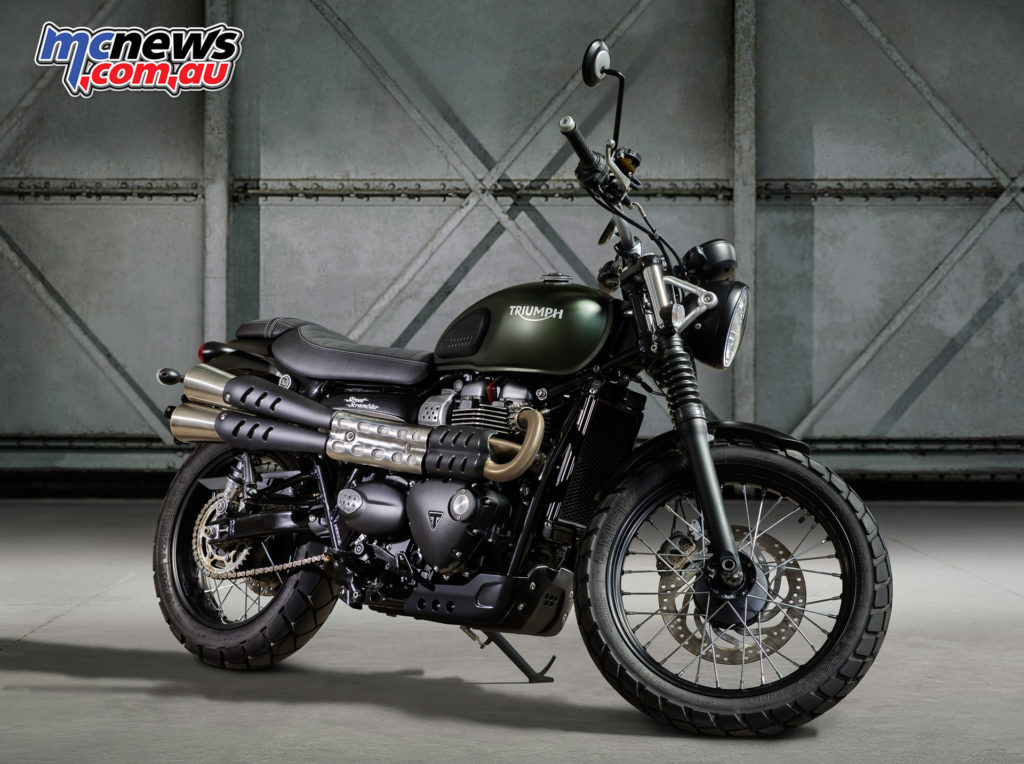
Within the Australian market, Triumph has moved into sixth position for road bike sales following 2016, just ahead of Suzuki and closing in on BMW Motorrad, who are currently ranked fifth and less than one hundred sales up on the British marque, but more than 1000 sales ahead of Ducati.
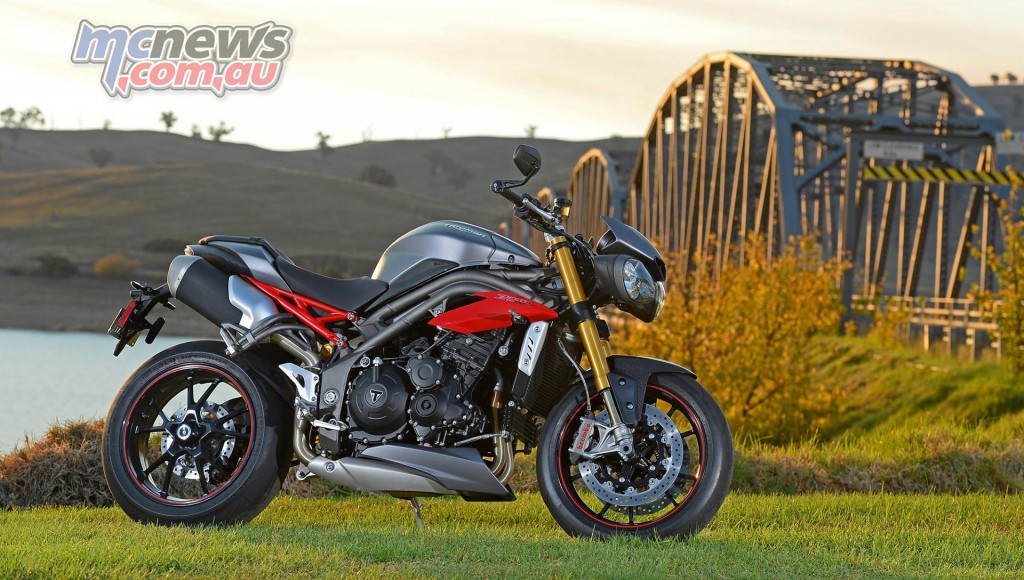
Models of note were the Speed Triple in 1994, which would be later usurped by the Street Triple 675cc triple-cylinder as the brand’s top seller, launched in 2007 and following on from the Daytona 675 in 2006. The Rocket III was also launched to much acclaim in 2004, while more recent additions include the Tiger 800, and Tiger Explorer in 2012 – Triumph’s 110 year anniversary.
Most recently the Triumph line-up has further exploded with a number of new models in the Bonneville range such as the Street Twin, Street Cup, and Bobber, new T120 and T100 models and the coming Street Triple 765 line, making 2017 an exciting year to be following the iconic brand.
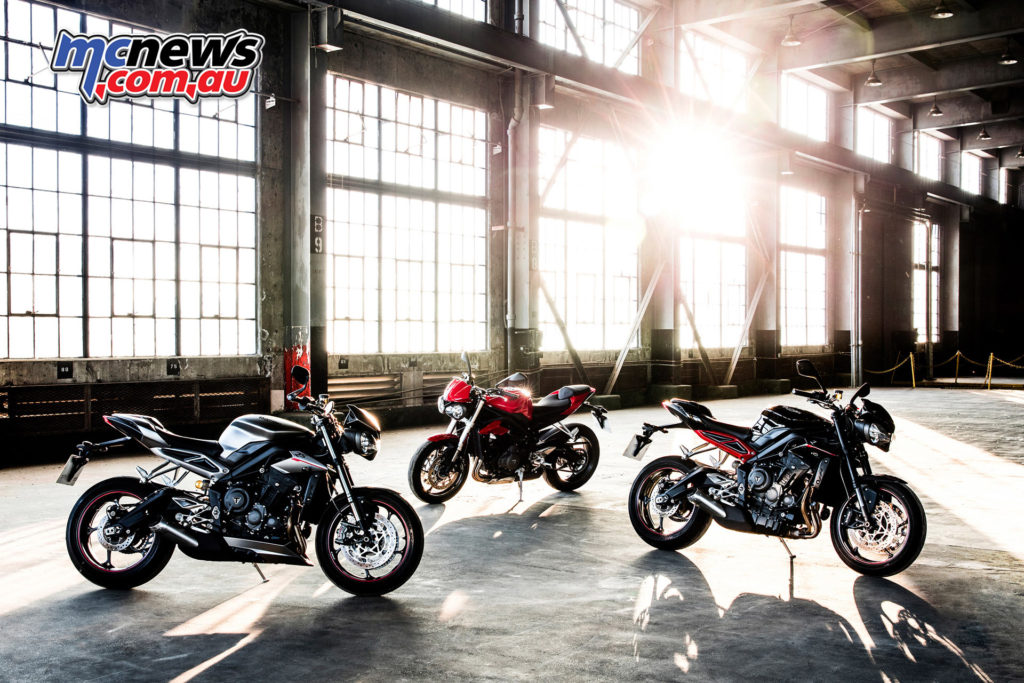

The flagship for Triumph now is the beautiful Thruxton R.
